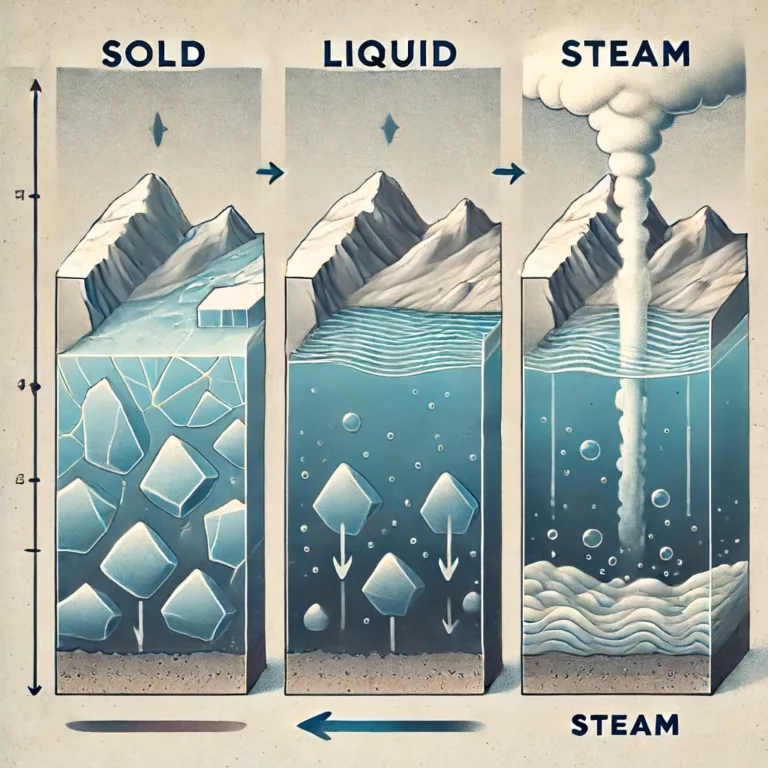
How to Build High-Performing Teams Masterclass Recap
Here’s the link to the working doc we used in class. Thanks everyone for your participation!

Here’s the link to the working doc we used in class. Thanks everyone for your participation!

Here’s the link to the working doc we used in class. Thanks everyone for your participation!

The Same Forces Impact Every System Summary Insight: The U.S. government isn’t failing because of partisanship. It’s failing because the system is out of alignment. This article maps how we got here—and where to focus if we want to fix

Gareth Dickens, ConvenientMD Chairman and CEO, and I did a masterclass on lifecycle strategy. Here’s the link to the working doc we used during the class. Thanks to Gareth and to all the participants. I hope you find these concepts
I don’t know who might need to hear this today, but as a founder, are you spending some time each day thinking like a business designer rather than a doer? Here are some significant differences between a doer and a

Summary Insight: Pirates and Comanches didn’t thrive by luck. They built structures that matched their strategy—and so should you. Key Takeaways: Don’t copy structure. Design yours to fit your unique mission and stage. Rare instances where a co-CEO structure actually

Effective Leaders Go to the Source Summary Insight: No Map is the Actual Terrain Key Takeaways: Plans are guesses—truth lives in direct observation. Real constraints and insights are found on the ground, not in reports. Great leaders don’t guess—they get

How to Quickly Build Shared Understanding for the Why of Product Decisions Summary Insight: Stop drowning in product noise. Use lifecycle stages to build instant alignment, clarity, and speed up your roadmap. Key Takeaways: Map products onto lifecycle stages (Pilot,

Here’s the link to the working doc we used in class. Thanks everyone for your participation!

In nature, phase shifts are dramatic. Think of water: ice is solid and rigid, water is fluid and adaptable, steam is expansive and high-energy. You can’t manage ice like water or steam. Each phase has very different characteristics which

When it comes to building a high-performing team, there are two prevalent camps of thought. One believes the secret lies in hiring qualified people, offering competitive compensation, career development opportunities, and a slew of “free” perks like vacation days, ping-pong
Let’s build your high-performance organization together.
Organizational Physics® empowers CEOs and leadership teams to scale with clarity and confidence. By applying universal principles and proven frameworks, we help organizations improve internal performance, accelerate growth, and build resilient structures for the long term.
© Copyright Organizational Physics Inc.